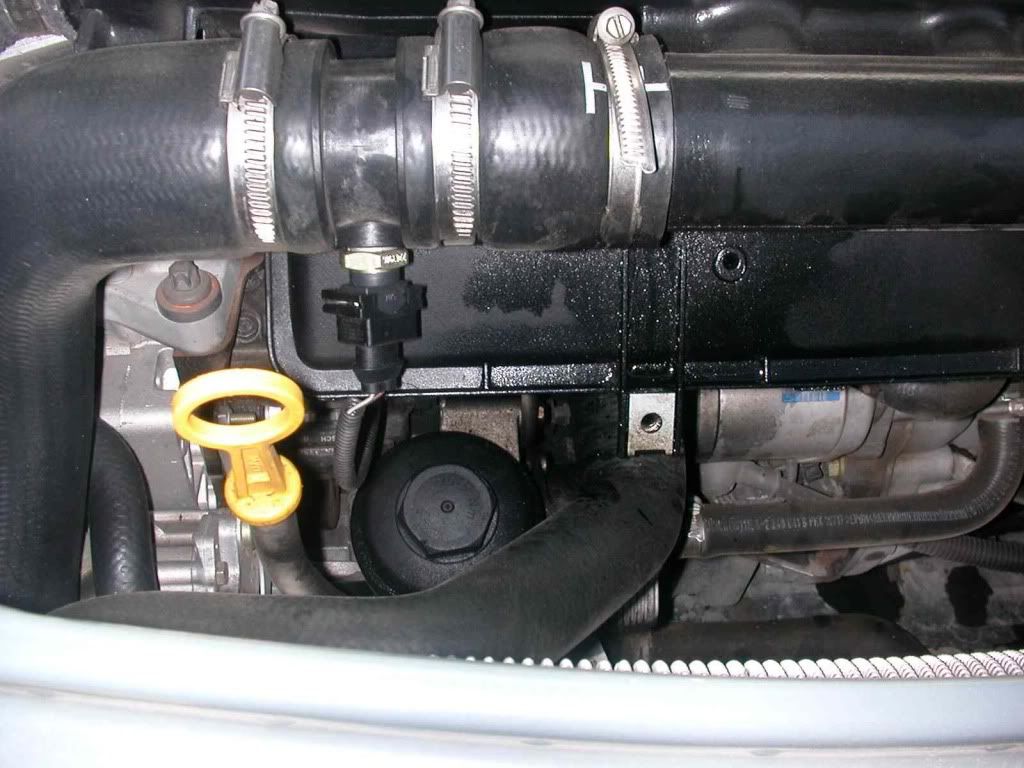Hi guys
Been having some issues with my Freelander Td4. Basically had some issues starting, and it feels like that car is holding back, not reving well. Also when on a trip, say im driving along for 5-10 miles at 60-70 then slow up for a junction, stop to a crawl and try and pull away in 2nd and it feels very flat.
well been reading up and found someone mention about the MAF and it being faulty and to try and disconnect it to see how it runs disconnected.
So I run out side, disconnect what I think is the MAF and the car runs perfectly, revs much better and feels like the car has loads more power, came back started reading up on MAF costs and see a picture of the MAFs at the back of the engine, what i've disconnected is at the front of the engine one the intact pipe, picture below..
What is this sensor?

Been having some issues with my Freelander Td4. Basically had some issues starting, and it feels like that car is holding back, not reving well. Also when on a trip, say im driving along for 5-10 miles at 60-70 then slow up for a junction, stop to a crawl and try and pull away in 2nd and it feels very flat.
well been reading up and found someone mention about the MAF and it being faulty and to try and disconnect it to see how it runs disconnected.
So I run out side, disconnect what I think is the MAF and the car runs perfectly, revs much better and feels like the car has loads more power, came back started reading up on MAF costs and see a picture of the MAFs at the back of the engine, what i've disconnected is at the front of the engine one the intact pipe, picture below..
What is this sensor?

